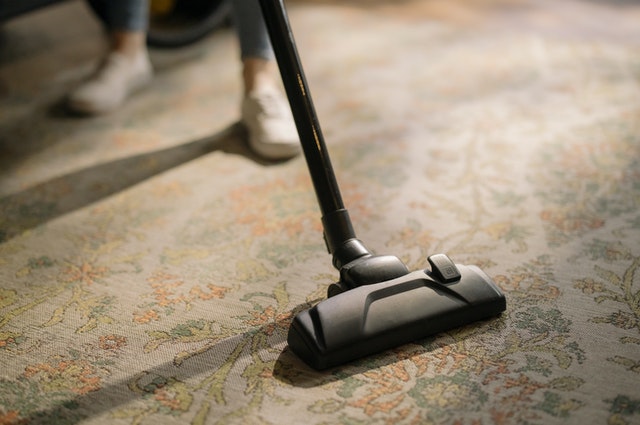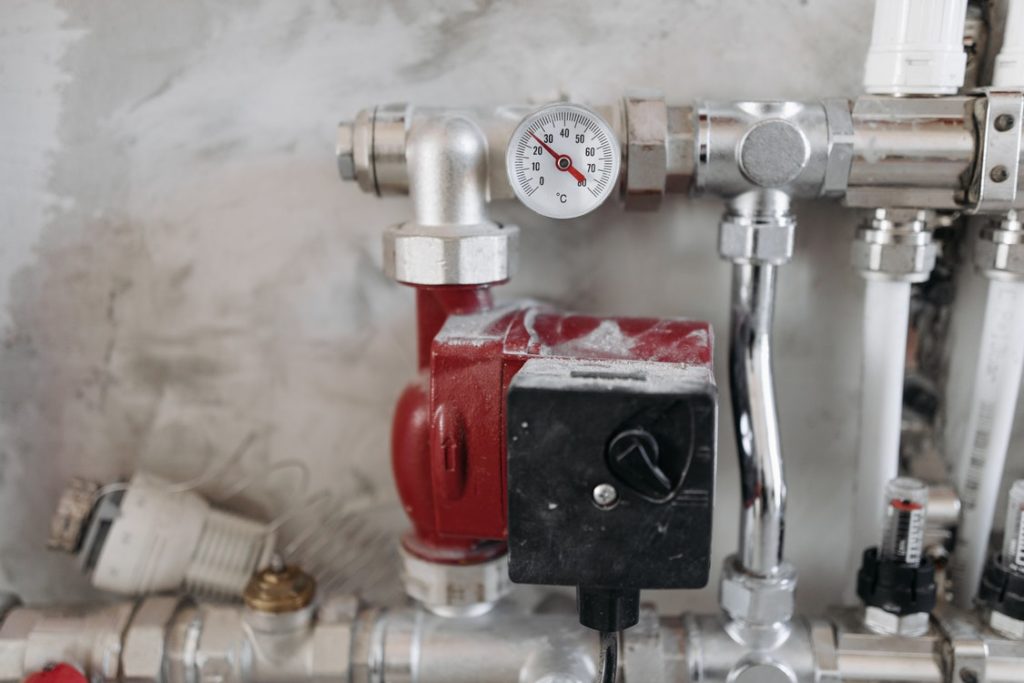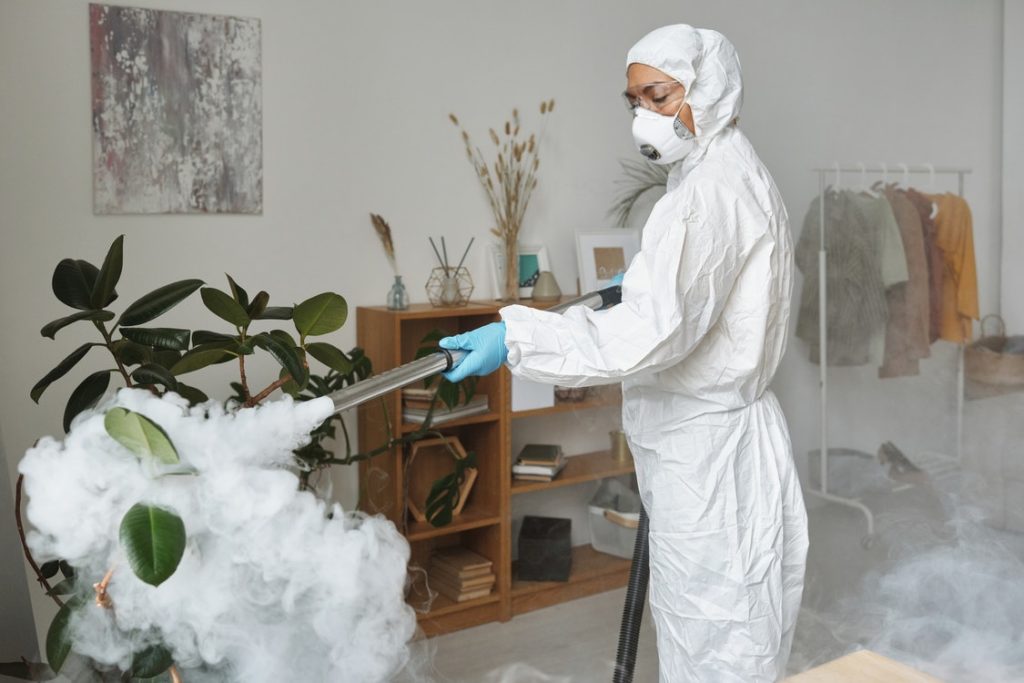If you’ve recently had a fire, you may be wondering what to do in the immediate aftermath. Here are some steps to take: Evacuate, document damage, clean up soot, and file an insurance claim. After a fire, you may also want to consult an insurance brochure for additional steps. After the fire has been extinguished, it’s important to call your landlord or insurance company to find out if they will cover your damages, especially if you have plans of putting it on the market and want to know how to sell fast in Florida.
Evacuation
Before a fire damages your house, create an evacuation plan. Decide where everyone will meet in case of an emergency, and make sure you’re aware of the different ways out. If you have children, plan to assign someone to be the backup person in the event of an evacuation. Check every room for fire escapes, and choose at least two ways out. Install emergency release devices, like fire extinguishers.
If you’re trapped in an elevator, go to the nearest stairwell or exit. A fire may have damaged your building’s doors, so it’s best to leave now. Depending on the severity of the damage, you might even be trapped inside. Fortunately, stairwell doors are designed to keep smoke and fire from spreading throughout your home, so they’re usually the safest place to leave.
If you’re not on a mandatory evacuation alert, check your homeowner’s insurance policy for coverage during an evacuation. Most policies will pay for additional living expenses during the evacuation, so be sure to review your policy to see what your coverage will cover. Some insurers have specific limits on how much they’ll cover such expenses. You’ll want to contact your insurance agent to determine what expenses will be covered under your policy.
Documenting Damage

As soon as you notice fire damage to your house, you should document it. Take pictures and make an inventory of damaged items. Your insurance adjuster will want to see evidence of the fire’s destruction and if the damage is extensive, it will be easier for them to accept your claim. You will also want to document damaged items so you can show them to your insurance provider. Here are some tips for documenting damage after a fire damages your house.
Make a photo journal. The photos you take should include every damaged item and the state they’re in. Documentation is key in the rebuilding process. This task may feel overwhelming at first, but stay calm and stay organized. Keep a notebook handy so you can refer back to it later. Take your time and take plenty of photos. You may need to take dozens of photographs. Documentation also allows you to gather old bills and receipts, so save them for proof of purchase.
Once structural damage has been addressed, you can begin the process of assessing damage to your personal property. Documentation is important since even the smallest mistake can result in the claim being declined or reduced. Pictures can also help speed up the claim process. Documentation is crucial for insurance claims, as fire restoration can take anywhere from three to four months. You should document the damage to your house before it’s too late.
Getting Rid of Soot and Debris
If a fire has damaged your house, the first step in restoring your property is removing soot and debris. Soot is a black residue that forms as a result of the incomplete combustion of fossil fuels. It also contains chemicals, metals, and dust, all of which can cause damage to your household items. Because soot spreads throughout your house, it is essential to remove it as soon as possible. Also, fire soot can affect the air quality inside your house.
The first step in removing soot is to thoroughly clean the area. Use a mild soap mixed with warm water or bleach to remove the soot and debris. If the soot is too stubborn to scrub, use an old toothbrush dipped in baking soda. After this, wash the bricks with warm water containing bleach. Once you’ve cleaned up the charred areas, you can apply a putty knife to remove the soot.
The next step is to clean the walls and other surfaces of the fire. If the ash and other burnt items are too much, power washing is necessary. The water used to put out the fire may cause significant water damage, resulting in mold and ash. If you’re unsure about the best approach, contact a restoration company. Some homeowner policies also cover the cost of getting rid of soot and debris after a fire damages your house.
Filing an Insurance Claim
When a fire destroys your house, you will need to file an insurance claim. Insurance companies are keen to settle claims as soon as possible because they want to avoid additional losses. Unfortunately, many homeowners discover their losses after the disaster, oftentimes due to stress. Therefore, it is best to wait a few months before you file a claim. To expedite the process, you should keep all documents and correspondence for your insurance company.
First and foremost, you will need to assess the damage caused by the fire. Even if the fire was small, the fire could cause damage to your property, such as electrical wiring, gas lines, support beams, and ceilings and floors. Even if the fire caused only a few hundred dollars in damage, your house may not be safe. In this case, you may need to hire a temporary restoration contractor to take care of the repairs.
Documenting damage from the fire is important when filing an insurance claim. Photographs and videos of damaged rooms are essential evidence, and you should gather receipts and contents lists. If you can, secure your property to prevent further damage. A fire insurance claim will be a lot easier to process once you have documented all the damage and prepared for the repairs. If you can take pictures of the damage, that’s even better.
Keeping Pets Safe
If you have a pet, you may be concerned about its safety when a fire damages your house. While it can be terrifying to imagine, it is important to know the steps you need to take to insure your pet’s safety. You can do this by purchasing pet insurance. These policies cover you and your pet in case of a fire. If you are unsure about pet insurance, talk to a professional insurance agent.
Designate a safe room for your pets. Store their supplies and medications in watertight containers. Also, secure open vents and fireplaces with strong tape. Listen to local news channels and practice crate training before a fire. If you have a cat, you may want to consider crate training your pet. After all, the last thing you want is to get caught in a fire.
Keep pets in a designated room if possible. If you cannot keep them in a separate room, use baby gates or knob covers. Crate your pets if they are unsupervised, because they may knock over burning objects. This includes candles, portable heaters, hair dryers, and other appliances. Make plans to care for your pets if you have to evacuate your home. A crate is a safe way to keep your pet away from these potential fire hazards.
Restoring Your Home
The process of restoring your home after a fire can be a complicated process. Water and soot damage are the main culprits, but professional restoration services can clean the mess quickly and effectively. Smoke and soot-damaged fabrics are often salvageable with the right cleaning solution. Water and smoke can cause mold, so removing it immediately is crucial. Water damage can also make it harder to clean your furniture and draperies.
If you have a homeowner’s insurance policy, it may cover temporary living expenses. If you don’t have one, disaster relief services may be able to help you find another place to stay. Firefighters’ water may also cause water damage and mold growth, so it is important to take steps to minimize this risk. If you are unsure how to proceed, contact the insurance company immediately to discuss coverage. Your insurance company will be glad to help you.
Once you’ve decided to rebuild your home, you may have to seek advice from a structural engineer and obtain demolition and building permits. Some types of fire damage may require energy-efficient upgrades or seismic retrofits. Electrical work and plumbing work may be necessary as well. Regardless of the severity of the damage, it’s important to document the process to make sure you get the compensation you deserve. You may even be able to apply for a government grant to help cover these costs.
…
Continue Reading


















